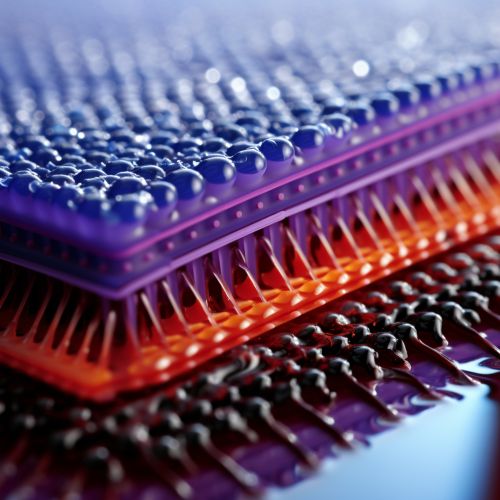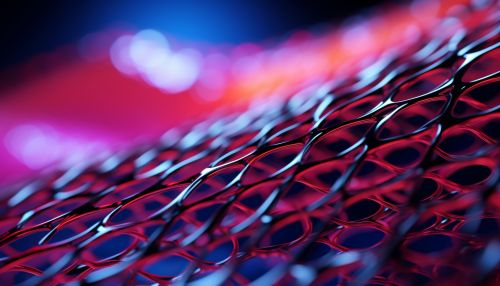Dielectric Elastomer
Introduction
Dielectric elastomers (DEs) are a type of electroactive polymer that exhibit a change in size and shape when subjected to an electric field. They are a class of smart materials with potential applications in a variety of fields, including robotics, biomedical devices, and energy harvesting.
Structure and Properties
Dielectric elastomers are composed of a polymer matrix filled with dielectric particles. The polymer matrix is typically a soft, flexible material such as silicone or acrylic, while the dielectric particles can be made from a variety of materials, including ceramics and metals. The unique properties of DEs are largely due to the interaction between the polymer matrix and the dielectric particles.
The key characteristic of a dielectric elastomer is its ability to deform in response to an electric field. This is known as the electrostrictive effect. When a voltage is applied to a DE, the dielectric particles become polarized, creating an attractive force between the particles. This causes the polymer matrix to compress, resulting in a change in the material's size and shape.
Dielectric elastomers also exhibit a high dielectric constant, which is a measure of a material's ability to store electrical energy in an electric field. This property makes DEs particularly suitable for use in capacitors and energy storage devices.
Applications
Dielectric elastomers have a wide range of potential applications due to their unique properties.
Robotics
In the field of robotics, DEs can be used to create soft, flexible actuators that can mimic the movements of biological muscles. This makes them ideal for use in soft robots, which are designed to interact safely and effectively with humans and delicate objects.
Biomedical Devices
Dielectric elastomers can also be used in biomedical devices, such as artificial muscles and sensors. For example, DE-based sensors can be used to monitor physiological signals, such as heart rate and blood pressure, while DE-based actuators can be used to assist in physical therapy and rehabilitation.
Energy Harvesting
Another promising application of dielectric elastomers is in the field of energy harvesting. DEs can be used to convert mechanical energy, such as vibrations or movements, into electrical energy. This property can be exploited to create self-powered devices and systems, which can be particularly useful in remote or inaccessible locations.
Challenges and Future Research
Despite their potential, there are several challenges that need to be overcome before dielectric elastomers can be widely adopted. One of the main challenges is the high driving voltages required to achieve significant deformations. This can limit the practicality of DEs in certain applications, particularly those that require low power consumption.
Another challenge is the durability and reliability of DEs. Repeated deformation can lead to material fatigue and failure, which can limit the lifespan of DE-based devices. Therefore, research is ongoing to develop new materials and fabrication techniques to improve the durability and performance of dielectric elastomers.
See Also


